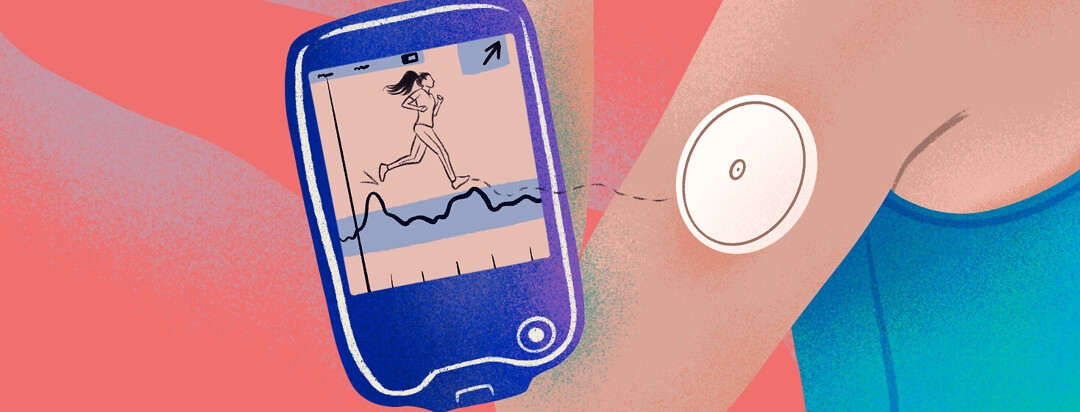Tips For Navigating a New CFRD Diagnosis
Have you or a family member been newly diagnosed with cystic fibrosis-related diabetes (CFRD)? If so, you are probably feeling an array of emotions after the fact. It can be overwhelming to be told you’ll have to manage another illness on top of CF. With CFRD, there’s a whole new set of symptoms, rules for management, and medications and doctors to get to know. It’s totally normal to have so many thoughts and feelings of uncertainty moving forward navigating CFRD.
I felt similarly after my diagnosis. Here is my experience getting newly diagnosed with CFRD and tips that were helpful to me at the time.
What is CFRD?
Cystic fibrosis-related diabetes is a mix of Type 1 and Type 2 diabetes that occurs in CF quite frequently. Up to 20% of adolescents and 50% of adults are diagnosed with CFRD at some point.1 Often, CFRD symptoms go unnoticed but can include:1
- Excessive thirst
- Peeing at night
- Weight loss
- Fatigue
- Unexplainable loss of lung function
CFRD is managed in part with an endocrinologist by taking blood sugar readings throughout the day and treating high blood sugar with insulin injections. Because CFRD can have an impact on weight gain and lung function and exacerbation frequency, it is important to control blood sugar.
How is CFRD diagnosed?
An oral glucose tolerance test (OGTT) is completed annually to screen for CFRD in individuals with CF starting at the age of 10.2 It’s really a simple test that includes drinking a sugary drink and having your blood drawn before and afterward to measure the amount of glucose present.
However, I’m the person with CF who absolutely dreaded my annual OGTT. I hated the way the glucose drink made me feel--hot, shaky, weak, and nauseated, but I got through it each year. Looking back, that’s most likely because I had CFRD at the time and didn’t know it.
My CFRD diagnosis experience
In 2014, my OGTT came back abnormal while I was an in-patient in the hospital for a pulmonary tune-up. I saw my endocrinologist that works closely with my CF team after being discharged from the hospital for a follow-up appointment. She thought it was a good idea to get a better look at my blood sugars over time to truly diagnose me with CFRD. To do that I used a continuous glucose monitor (CGM) to track my blood sugars for two weeks. The CGM showed that I was having many episodes of low and high blood sugar throughout the day. I was officially diagnosed with CFRD.
Helpful tips for those newly diagnosed
It will take time to feel confident managing CFRD at the beginning of any diagnosis. The amount of new information can be overwhelming. You might feel unprepared, worried, or sad that another piece of your life will be changed by another disease. That’s totally normal! It’s okay to feel like you’re unsure you will ever get the hang of managing CFRD. However, you will--it just takes time to learn the ins and outs before you feel fully confident.
The needles won’t always be so scary. I know pricking your finger and doing insulin injections can be really intimidating at first. It can feel totally unnatural to jab a needle into your own body. However, I promise you will get the hang of it eventually.
Plus, there are so many devices, such as continuous glucose monitors (CGM) and insulin pumps, that can help limit the number of pokes while still maintaining good blood sugars.
Better blood sugar control = healthier me
CFRD is linked to lower lung function, poorer nutritional status, and more pulmonary infections. That’s why it’s important to have good blood sugar control to promote wellbeing overall. Anytime I felt like giving up after my CFRD diagnosis, I reminded myself that better blood sugar control was bigger than just diabetes, but would have an effect on my lungs as well. Better blood sugarn= a healthier me. Incidentally, each morning is a new day to try your best to control your blood sugars.
Have you recently been diagnosed with CFRD? What advice would you share?

Join the conversation